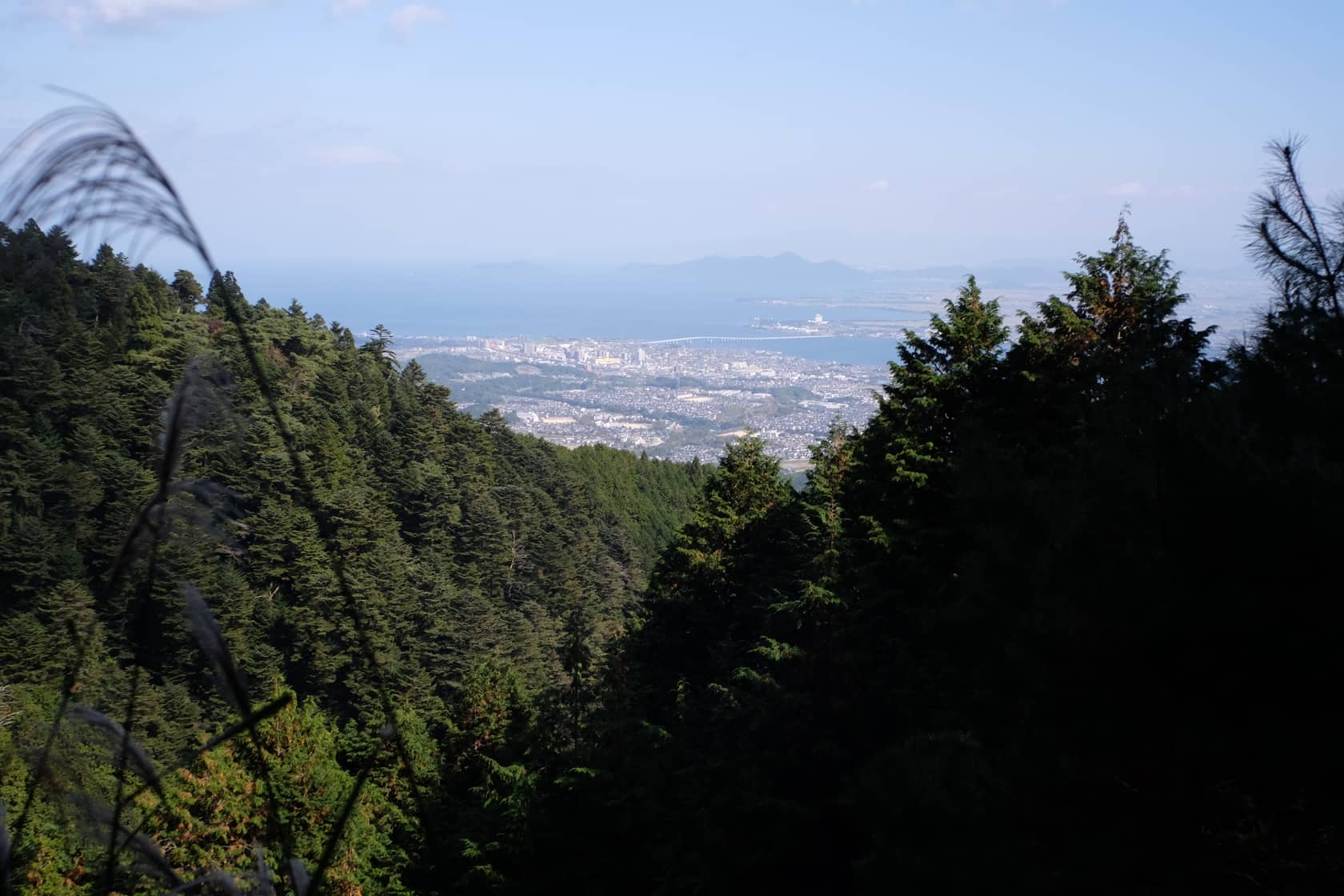“If you want to film the current aspirant, you need to study his route,” the Ajari (senior monk) insisted.
“I am here for 2 more days and at your disposal,” I answered.
“Come back in 3 weeks. That will be better for us,” the Ajari offered, drawing our initial meeting to a close.
My translator and I nodded at each other with heavily muted enthusiasm. After all, just 20 minutes earlier, the Ajari was effectively sweeping us out of his compound. And now, he had given us a pathway of potential toward filming the current aspirant of the Sennichi Kaihogyo sect.
“But,” the Ajari then proclaimed, “reviewing the course is merely the next step and guarantees nothing.”

Never mind that I had traveled from New York City to Kyoto expressly for this initial conversation – only to be told that I would have to return in 3 weeks. At least, I was assured, the second meeting wouldn’t carry the specter of an abrupt conclusion. I would be walking the woods for 18 miles with a monk. Thus, three weeks later, amidst the last traces of the Japanese fall, I returned to Kyoto trail shoes in hand.
We met the monk Isomura-san at 7 am in the main square of Hiei-zan, the massive, sprawling compound of the monks of Mt. Hiei. Isomura-san quickly established the framework of the quest of the famed Sennichi Kaihogyo.

Every 7 to 10 years, an aspirant monk from any of the temples on the mountain applies and is selected to undergo a 12-year cycle of austerities. Men and women may apply although no woman has been selected yet. Mind you, this is after being initiated as a monk by walking 18 miles a day for 100 straight days and secluding oneself in a 40 foot x 70 foot temple for 90 days while walking around the inner edge for 20+ hours a day in prayer. Food is brought into the temple for the aspirant who neither washes nor bathes for those 90 days.

Included in this 12-year cycle is a 1,000 day trek. (I use the word “trek” because at no point does the aspirant run. But, the aspirant will be moving at 12-15 minute mile pace on seriously steep inclines, which is a faster pace than many people average during multi-day races.) In fact, Sennichi Kaihogyo means “those who complete the thousand day circumambulation.” The trek is conducted in most part through the picturesque forests, with a minimum of one daily ascent and descent of the 1000-meter tall Mt. Hiei, mostly via single-track unmarked trails. That 1,000-day trek is broken into 100-day cycles. The aspirant has 7 years to complete those 10 cycles. Each cycle has a different length, beginning at 18 miles and concluding with an astounding 52 miles a day.

The aspirant undertakes this effort under pain of death – meaning that if one fails to complete the daily trek, death by suicide is mandatory. No one, apparently, has had to end their life in the last 100 years, but plenty have in the hoary past.
And that’s not all! After the 6th cycle, the aspirant must undergo an 9-day doiri, a fast demanding the abstinence of food, sleep and water. Monks remain with the aspirant to chant 24 hours a day and to keep the aspirant awake. At the conclusion of the last cycle, the aspirant must sit in front of a fire for 9 days, offering prayers written on sticks, forbidden from drinking water during the waking hours.

After walking the course with Isomura, I realized the incredibly physicality of this quest. Although the aspirant doesn’t focus on movement, but rather on the 200 some-odd prayer and meditation stops, the course was slippery, steep and hard enough to navigate in running shoes. The aspirant, however, is adorned in a white robe and wears bamboo sandals that can disintegrate after 20-30 miles. Furthermore, most aspirants prefer to do their daily mileage without any aid. Villagers offer food and drink, but because the aspirant is obliged to consume all that is offered, they generally avoid any calories on the course. Many avoid drinking water even.

How is this all possible? It was abundantly clear that inner joy had a part to play in the monks’ trek. Death isn’t a positive motivator for entering into such a challenge. The meditation and prayer seemingly provided the physical and spiritual energy for this massive undertaking, which, of course, was done with the intention of progressing closer to enlightenment.

